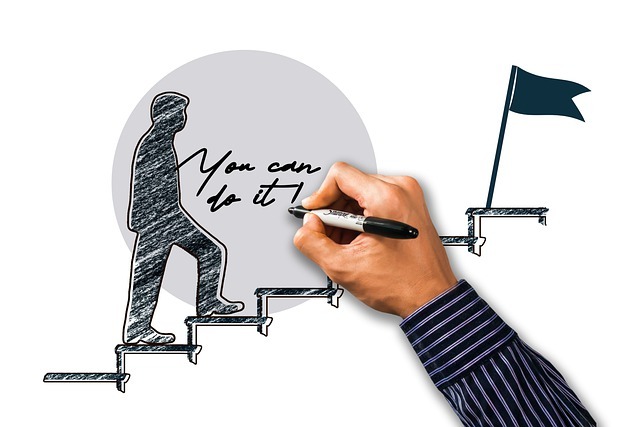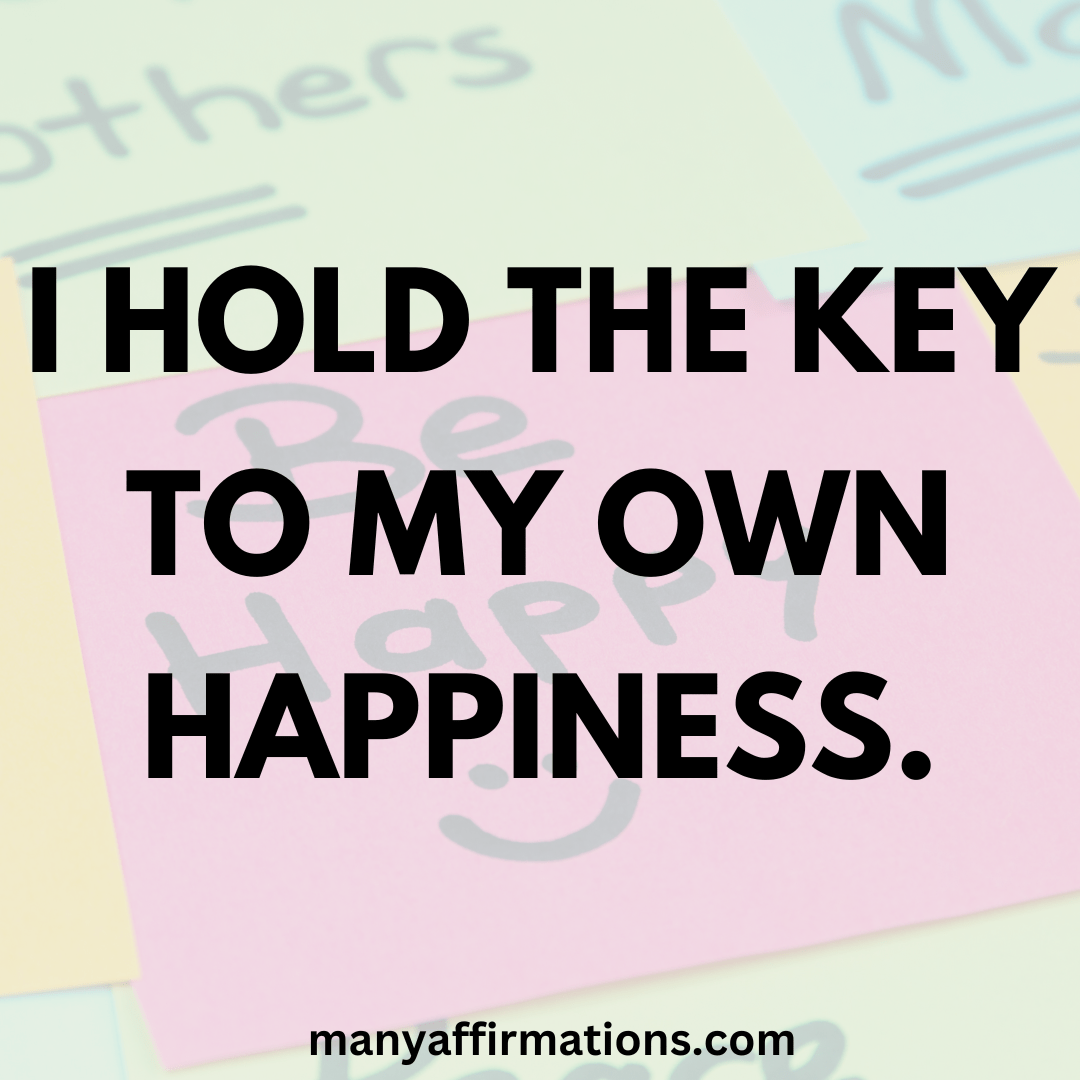As an entrepreneur, personal growth can have a profound impact on your business success.
Entrepreneurs are constantly faced with challenges that require effective problem-solving skills, creativity, resilience, and leadership. However, over time it’s easy to get bogged down and become stagnant in your efforts.
Fortunately, there are many self-improvement techniques that can help entrepreneurs tap into their full potential and propel their business forward.
In this blog, we’ll explore some of the best methods for enhancing personal development as an entrepreneur in the English language for readers who want to improve their lives and reach new heights in business success.

1. Importance of self-awareness in self-development for entrepreneurs
Self-awareness is a crucial aspect of self-development for entrepreneurs.
In order to achieve success, entrepreneurs need to pay attention to their thoughts, feelings, and actions. By developing cognitive and mental skills, enhancing self-awareness, and understanding patterns of behavior, entrepreneurs can effectively control their emotions and reactions.
This, in turn, helps them make clearer decisions and develop better communication skills, which are essential for business success. Additionally, self-awareness helps entrepreneurs identify their strengths and weaknesses, allowing them to focus on their strengths and improve their weaknesses.
By incorporating self-improvement techniques into their daily routine, entrepreneurs can enhance their self-awareness and set themselves up for success.
2. Setting effective and measurable goals for success
The key to achieving success as an entrepreneur is setting effective and attainable goals. In order to do this, entrepreneurs must first become self-aware and have a solid understanding of their strengths and weaknesses.
Once self-awareness has been established, setting SMART (specific, measurable, achievable, relevant, and time-bound) goals becomes crucial.
These goals must challenge the individual, while still being realistic and achievable. Developing and perfecting skills through persistence and diligence is also important, as it allows entrepreneurs to continuously improve their performance towards achieving their goals.
Regular mental health check-ups are another essential component in ensuring success, as a balanced mind is essential for effective decision-making and leadership.
Integrating life coaching and life management techniques further aids in self-improvement.
Scholars with expertise in self-esteem, creativity, self-knowledge, and leadership training can provide valuable insights to entrepreneurs looking to improve themselves.
Finally, prioritizing self-improvement is an ongoing process, and requires entrepreneurs to stay up-to-date on the latest technology and its impact on personal development.
By balancing hardware and software solutions and prioritizing their own self-improvement, entrepreneurs can truly achieve success in their business endeavors.
3. Choosing the right self-development plan
One of the critical factors in self-improvement is choosing the right self-development plan. The plan should be tailored to an entrepreneur's specific skills, strengths and weaknesses, and business goals.
As highlighted in the earlier sections, self-awareness is fundamental to self-improvement. Knowing oneself is an essential starting point in identifying the right plan to follow.
An entrepreneur must set specific and measurable goals, identify resources that can help them achieve these goals, and persistently work towards them.
With the right mindset, entrepreneurs can choose from a variety of courses, workshops, and mentorship programs that can help them to build more skills, improve their knowledge base, and increase their chances of success. They should also prioritize their mental health because every aspect of self-improvement is tied to their well-being.
The integration of life coaching and life management techniques can aid entrepreneurs in balancing their personal and professional endeavors, ensuring that one does not overlap over the other.
Additionally, entrepreneurs should consider the future technology and the impact on self-development for their businesses.
By prioritizing self-improvement, entrepreneurs can achieve their business goals and work towards personal growth simultaneously.
4. Developing and perfecting skills through persistence and diligence
Once an entrepreneur has set meaningful and attainable goals, the next step is to develop and perfect skills necessary for success.
This requires persistence and diligence in practice and acquiring feedback from mentors or coaches. Mastery of skills is essential in building one's confidence and credibility, and evolving expertise is necessary to remain competitive in the business world.
Entrepreneurs should take advantage of opportunities to learn new skills through online courses, workshops, and mentoring programs. Engaging in regular practice with critical self-evaluation and striving to improve on weak areas is crucial.
Ultimately, the development and perfection of skills often determines the extent of an entrepreneur's success.
5. Regular mental health check-ups for success in business
Regular mental health check-ups are crucial for entrepreneurs to ensure their success in business. It is well-known that entrepreneurship can be a highly stressful and demanding profession, which can take a toll on an individual's mental health.
Therefore, it is essential to take care of oneself and monitor mental health regularly. This includes regular check-ups with a mental health professional, such as a psychologist or therapist, to prevent potential mental health problems from developing.
A successful entrepreneur is self-aware and recognizes the importance of taking care of their mental health to maintain optimal performance in business.
By incorporating regular mental health check-ups into a self-improvement plan, entrepreneurs can ensure they are in their best state of mind to tackle challenges and overcome obstacles in their entrepreneurial journey.

6. Integration of life coaching and life management techniques for self-improvement
Entrepreneurs often have to juggle multiple responsibilities and stressful situations in their businesses. To alleviate some of the pressures and aid in their personal development, integrating life coaching and life management techniques can be beneficial.
By learning how to manage their time effectively, set and achieve goals, and prioritize self-care, entrepreneurs can improve their mental and emotional well-being.
Life coaching can also help entrepreneurs overcome any self-imposed limitations or negative thought patterns that may be hindering their success. As with any personal development plan, persistence and diligence are necessary for success.
By integrating life coaching and life management techniques into their routine, entrepreneurs can develop a healthier mindset and ultimately propel their businesses forward.
7. Future technology and its impact on self-improvement for entrepreneurs
The impact of future technology on self-improvement for entrepreneurs cannot be overstated. As new technologies develop, entrepreneurs must adapt to stay competitive in the global market. Some possible technologies that will continue to have an impact on self-improvement for entrepreneurs include cloud computing, artificial intelligence, blockchain, and machine learning.
Leveraging these technologies can help entrepreneurs streamline their operations, automate tasks, and access and analyze data in real-time. By staying up-to-date on the latest technological developments and incorporating them into their self-improvement plans, entrepreneurs can position themselves for greater success and growth in the future.
Additionally, entrepreneurs should seek out scholarly expertise in areas such as self-esteem, creativity, self-knowledge, and leadership training to further enhance their skills and improve their businesses. The integration of these tools and resources will help businesses thrive in a rapidly evolving digital world.
8. Scholarly expertise in self-esteem, creativity, self-knowledge, and leadership training for entrepreneurs.
Entrepreneurship requires a unique set of skills and mindset that sets it apart from other professions.
This is why scholarly expertise in self-esteem, creativity, self-knowledge, and leadership training is essential for entrepreneurs. Understanding oneself is critical to identifying areas of improvement and developing effective leadership strategies.
A scholarly approach to self-improvement also involves developing creativity and unlocking innovative ideas that can propel a business forward.
Through self-knowledge and a better understanding of their strengths and weaknesses, entrepreneurs can make informed decisions that contribute to their success.
Leadership training is also essential for entrepreneurs, as it equips them with the skills to inspire and motivate others towards a common goal. Overall, combining scholarly expertise with practical experience can help entrepreneurs achieve their goals and emerge as successful business leaders.
9. Balancing hardware and software for self-improvement
Balancing hardware and software is an important aspect of self-improvement for entrepreneurs.
While hardware refers to the physical equipment and tools necessary to operate a business, software pertains to the knowledge and skills needed to effectively utilize them. Entrepreneurs need to prioritize both hardware and software development to achieve success.
Effective hardware use from computers to phones and software use ranging from email software to social media management software, entrepreneurs must be proficient in a diverse range of skills. Being able to balance the two will ensure overall success in their ventures.
Finding the balance requires prioritization, as both hardware and software are equally important for a business.
It is essential to have the appropriate tools and systems in place to operate efficiently while remaining knowledgeable on advancements in technology and software updates.
By continuing to improve their hardware and software skills, entrepreneurs can achieve business success while staying up-to-date in their industry.

10. Prioritizing self-improvement for business success.
To achieve success in the business world, entrepreneurs must prioritize self-improvement as a critical component of their strategy.
This means taking the time to assess their strengths and weaknesses, setting effective goals, developing and perfecting their skills, taking regular mental health check-ups, incorporating life coaching and management techniques, and staying up to date with future technological advancements.
Successful entrepreneurs understand that self-development is a continual process that requires persistence and diligence.
Moreover, they also recognize the importance of balancing hardware and software for self-improvement.
In sum, entrepreneurs who prioritize self-improvement are better positioned to succeed in the competitive business world.










